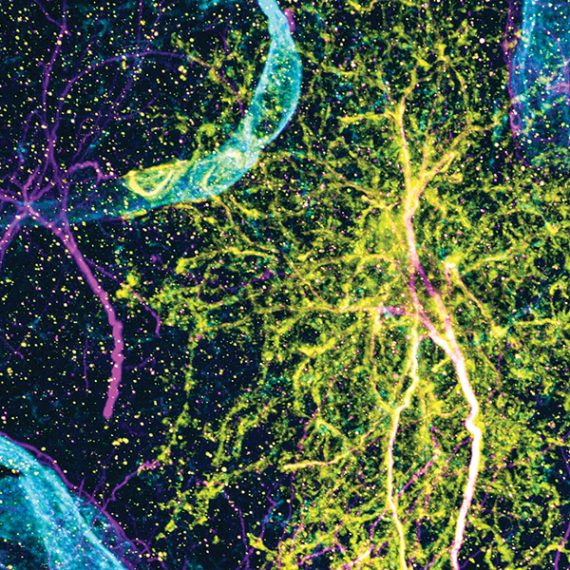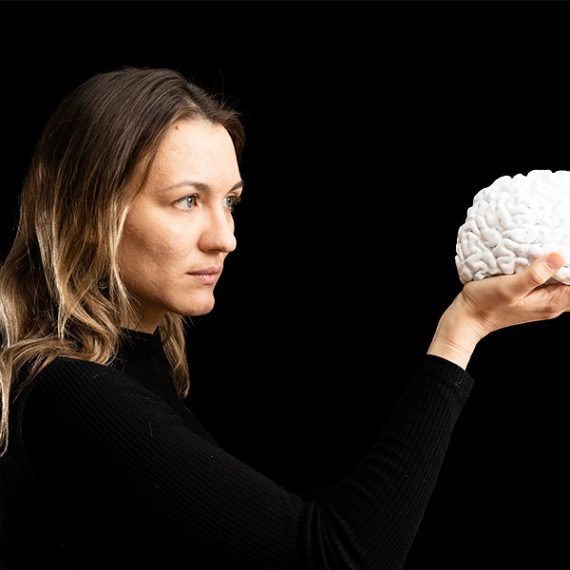Ed Boyden elected to National Academy of Sciences
Boyden is one of three MIT professors selected this year by his scientific peers to join the scholarly organization.

Ed Boyden has been elected to join the National Academy of Sciences (NAS). The organization, established by an act of Congress during the height of the Civil War, was founded to provide independent and objective advice on scientific matters to the nation, and is actively engaged in furthering science in the United States. Each year NAS members recognize fellow scientists through election to the academy based on their distinguished and continuing achievements in original research.
“I’m very honored and grateful to have been elected to the NAS,” says Boyden. “This is a testament to the work of many graduate students, postdoctoral scholars, research scientists, and staff at MIT who have worked with me over the years, and many collaborators and friends at MIT and around the world who have helped our group on this mission to advance neuroscience through new tools and ways of thinking.”
Boyden’s research creates and applies technologies that aim to expand our understanding of the brain. He notably co-invented optogenetics as an independent side collaboration, conducted in parallel to his PhD studies, a game-changing technology that has revolutionized neurobiology. This technology uses targeted expression of light-sensitive channels and pumps to activate or suppress neuronal activity in vivo using light. Optogenetics quickly swept the field of neurobiology and has been leveraged to understand how specific neurons and brain regions contribute to behavior and to disease.
His research since has an overarching focus on understanding the brain. To this end, he and his lab have the ambitious goal of developing technologies that can map, record, and manipulate the brain. This has led, as selected examples, to the invention of expansion microscopy, a super-resolution imaging technology that can capture neuron’s microstructures and reveal their complex connections, even across large-scale neural circuits; voltage-sensitive fluorescent reporters that allow neural activity to be monitored in vivo; and temporal interference stimulation, a non-invasive brain stimulation technique that allows selective activation of subcortical brain regions.
“We are all incredibly happy to see Ed being elected to the academy,” says Robert Desimone, director of the McGovern Institute for Brain Research at MIT. “He has been consistently innovative, inventing new ways of manipulating and observing neurons that are revolutionizing the field of neuroscience.”
This year the NAS, an organization that includes over 500 Nobel Laureates, elected 100 new members and 25 foreign associates. Three MIT professors were elected this year, with Paula T. Hammond (David H. Koch (1962) Professor of Engineering and Department Head, Chemical Engineering) and Aviv Regev (HHMI Investigator and Professor in the Department of Biology) being elected alongside Boyden. Boyden becomes the seventh member of the McGovern Institute faculty to join the National Academy of Sciences.
The formal induction ceremony for new NAS members, during which they sign the ledger whose first signatory is Abraham Lincoln, will be held at the Academy’s annual meeting in Washington D.C. next spring.




